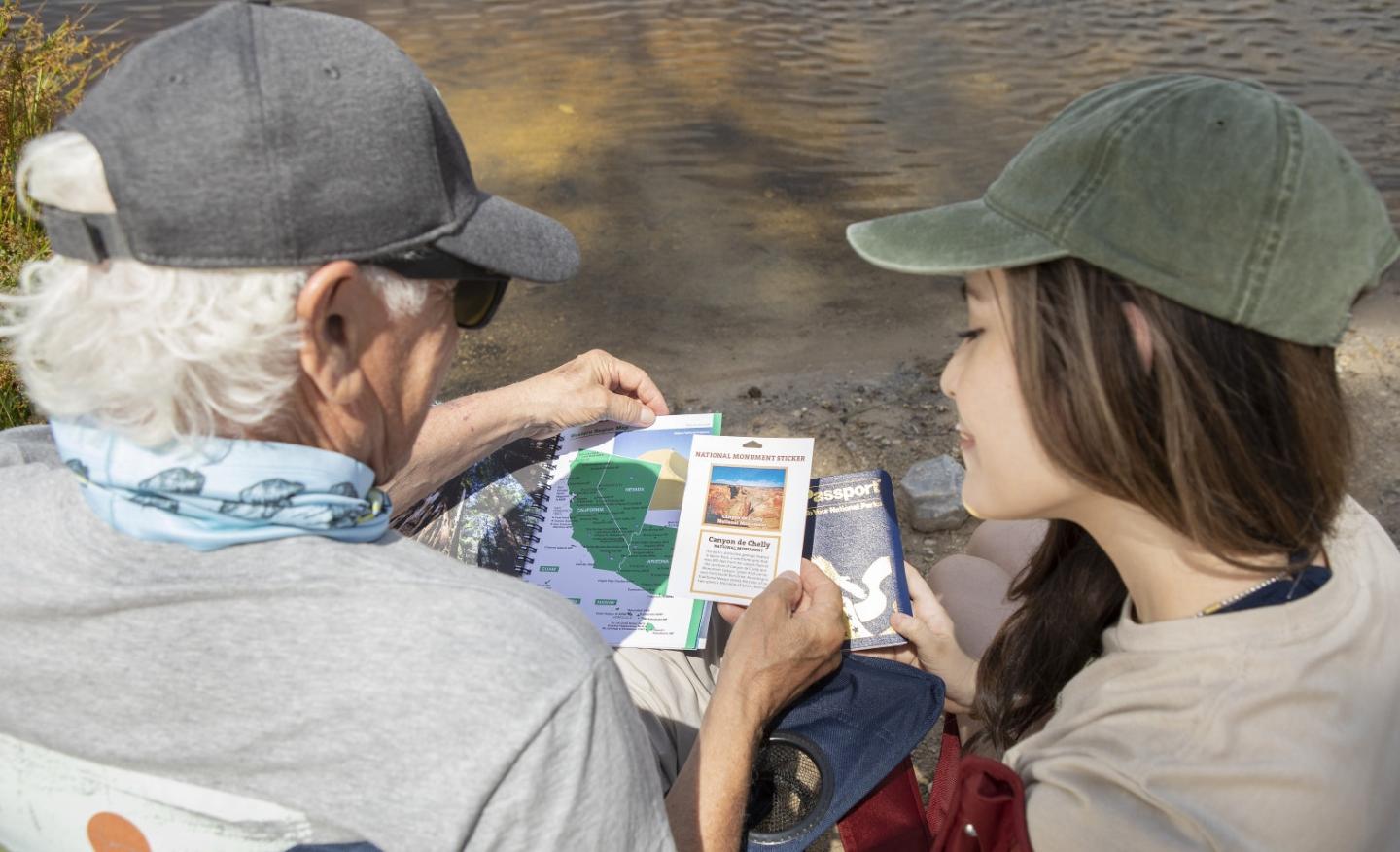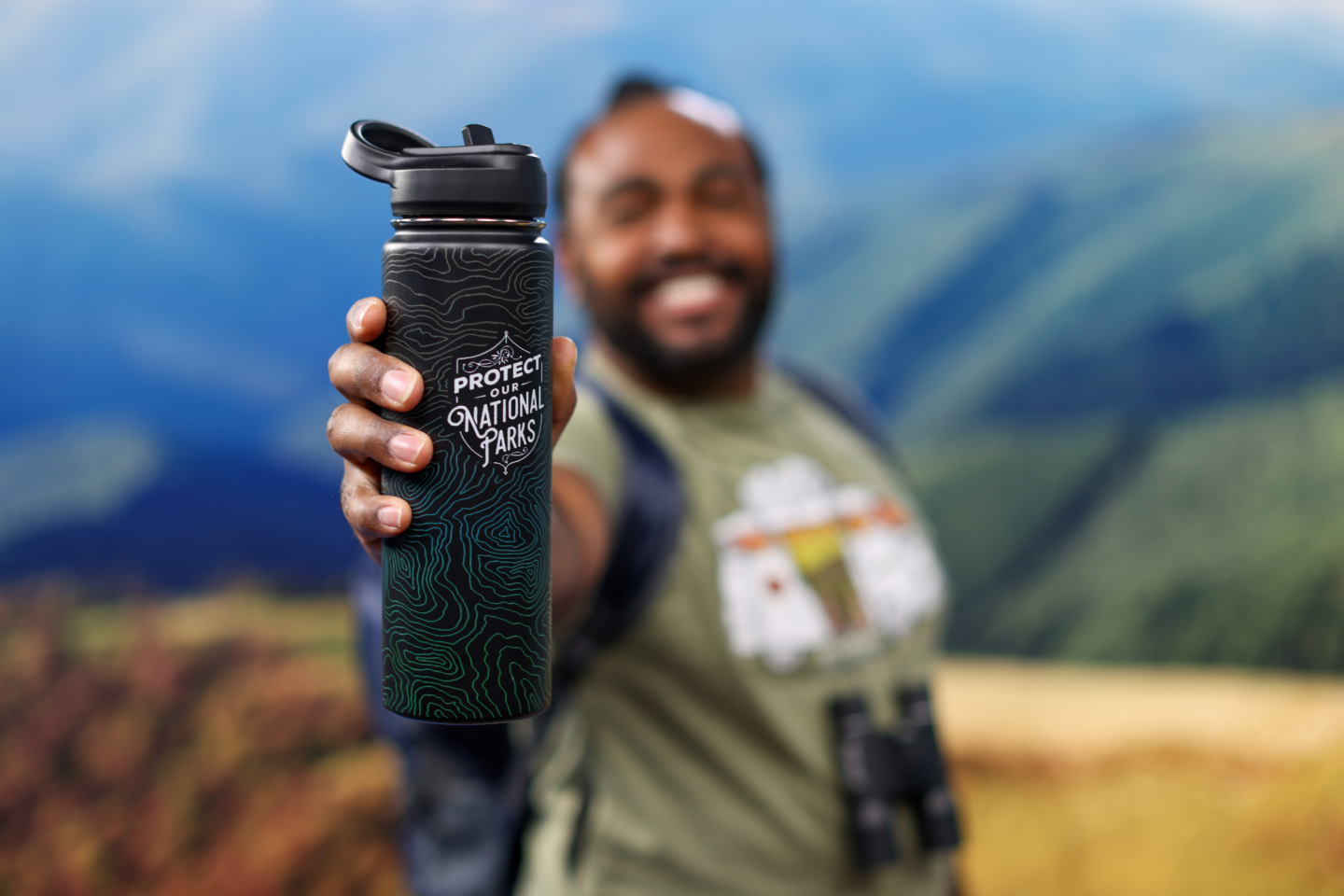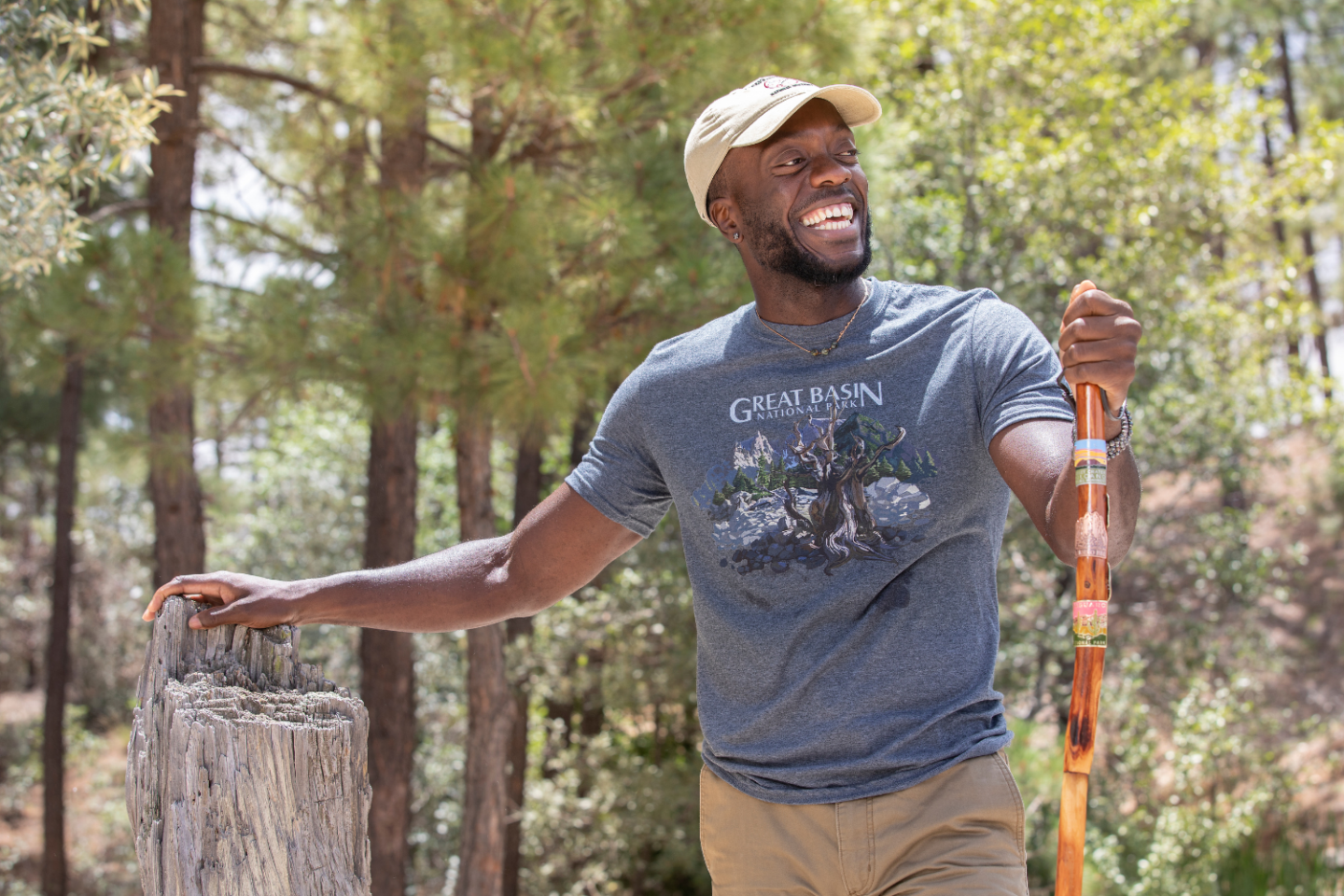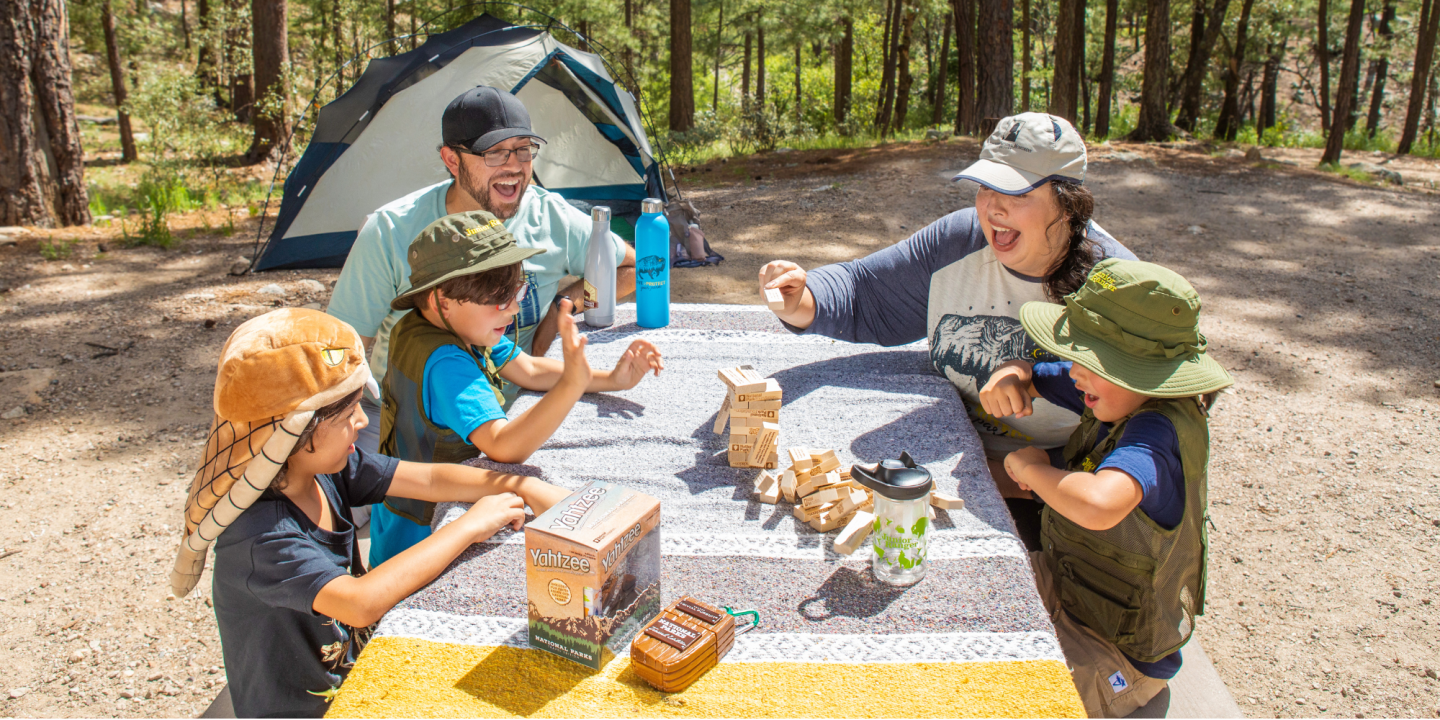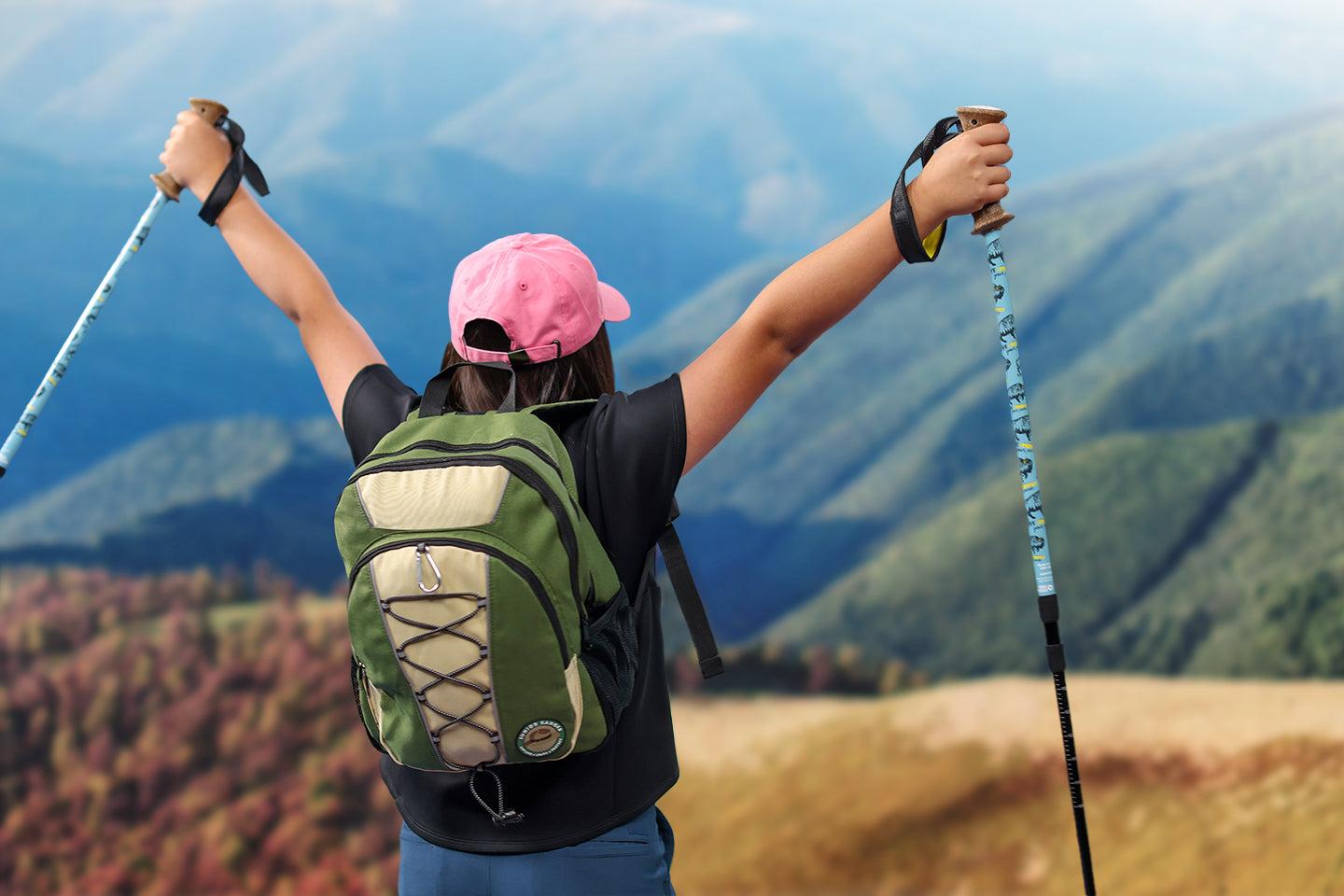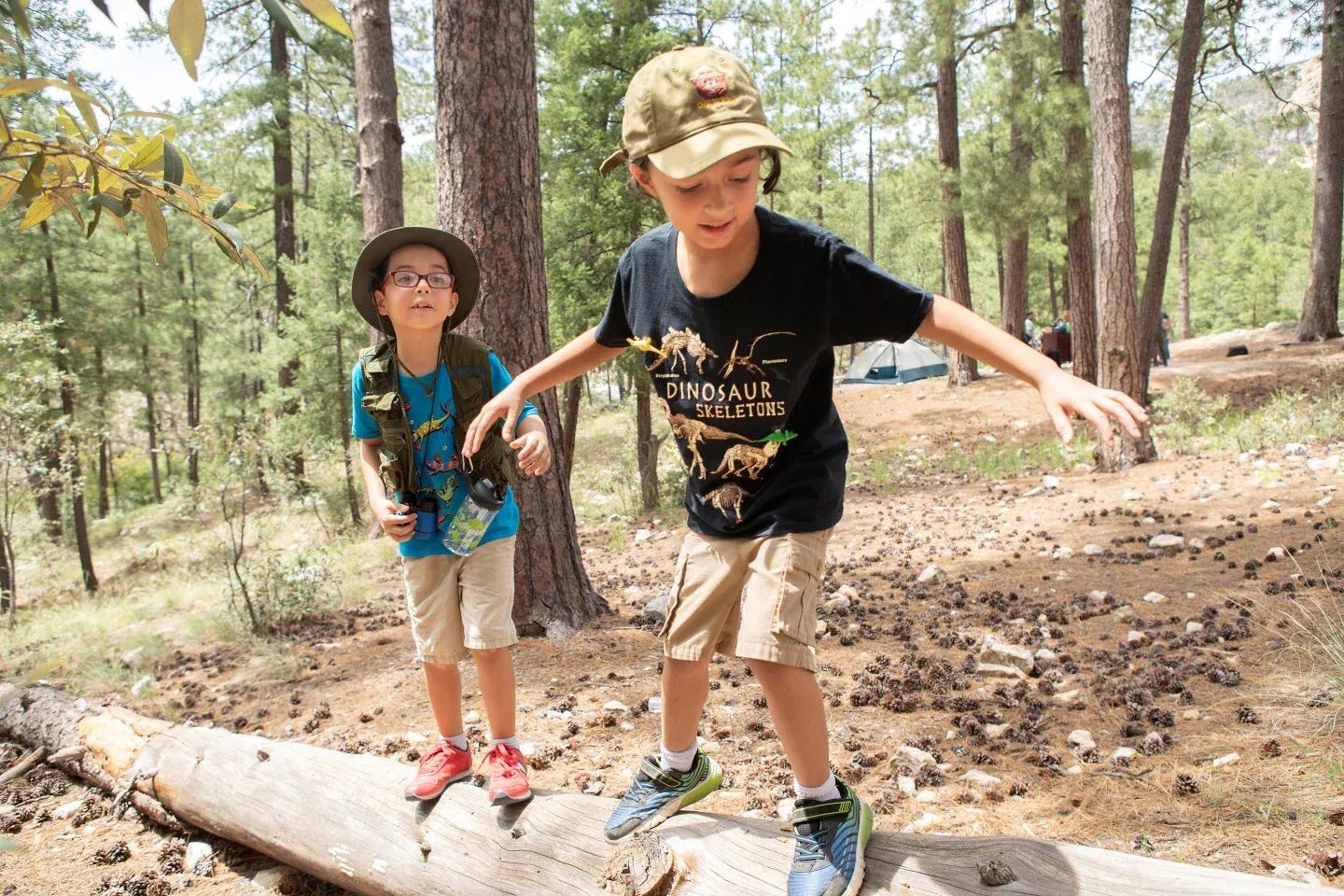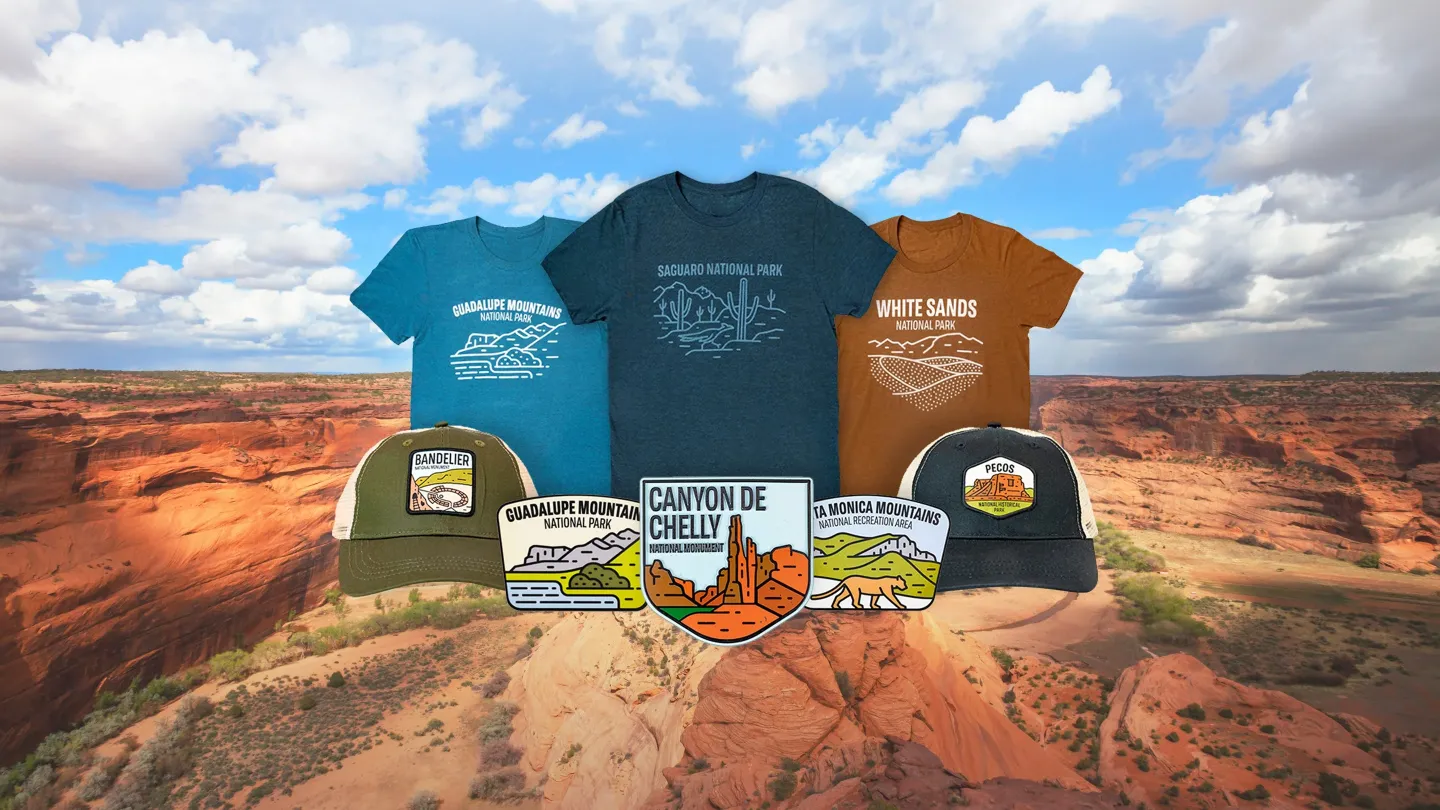
International Dark Sky Parks protect more than starry nights
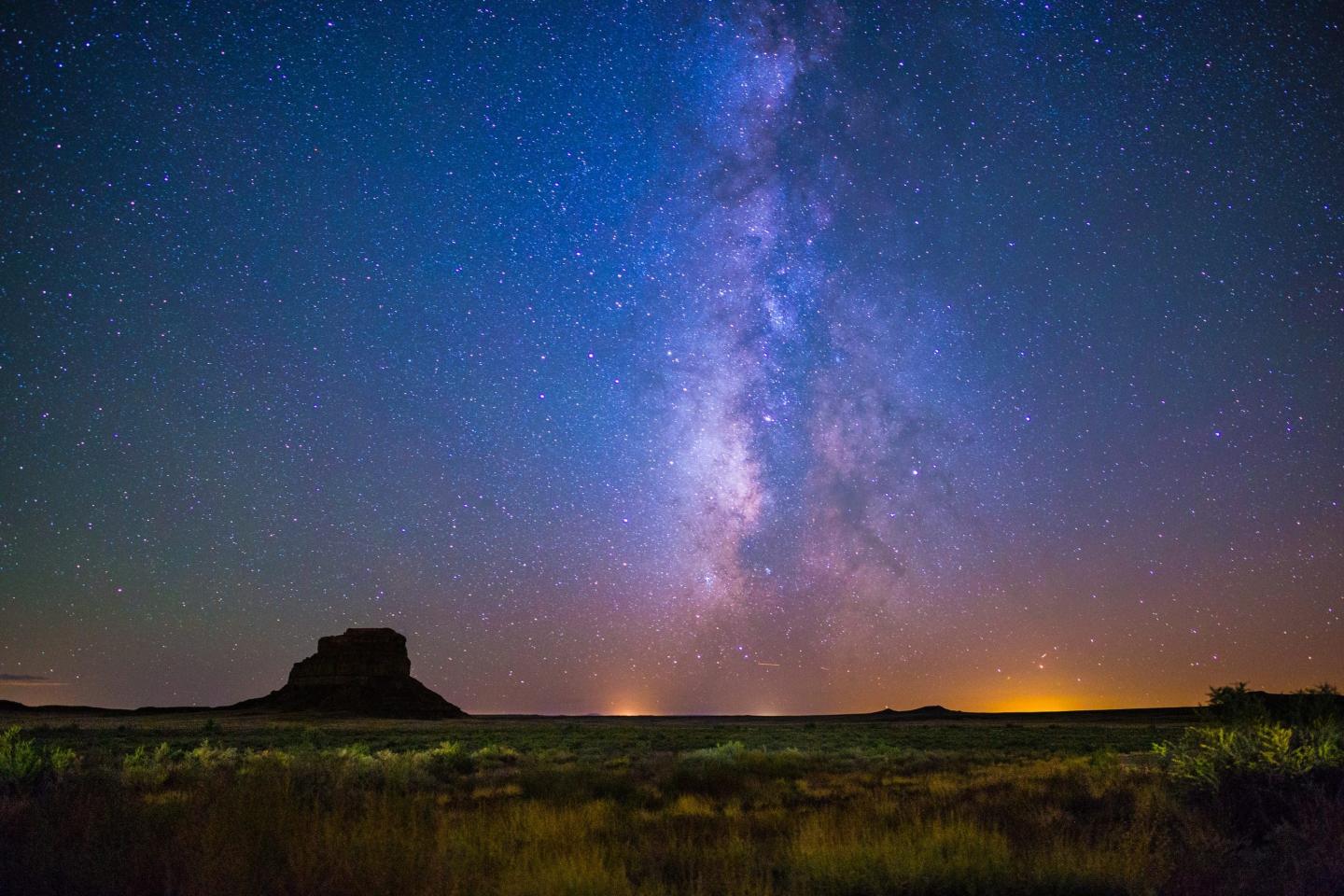
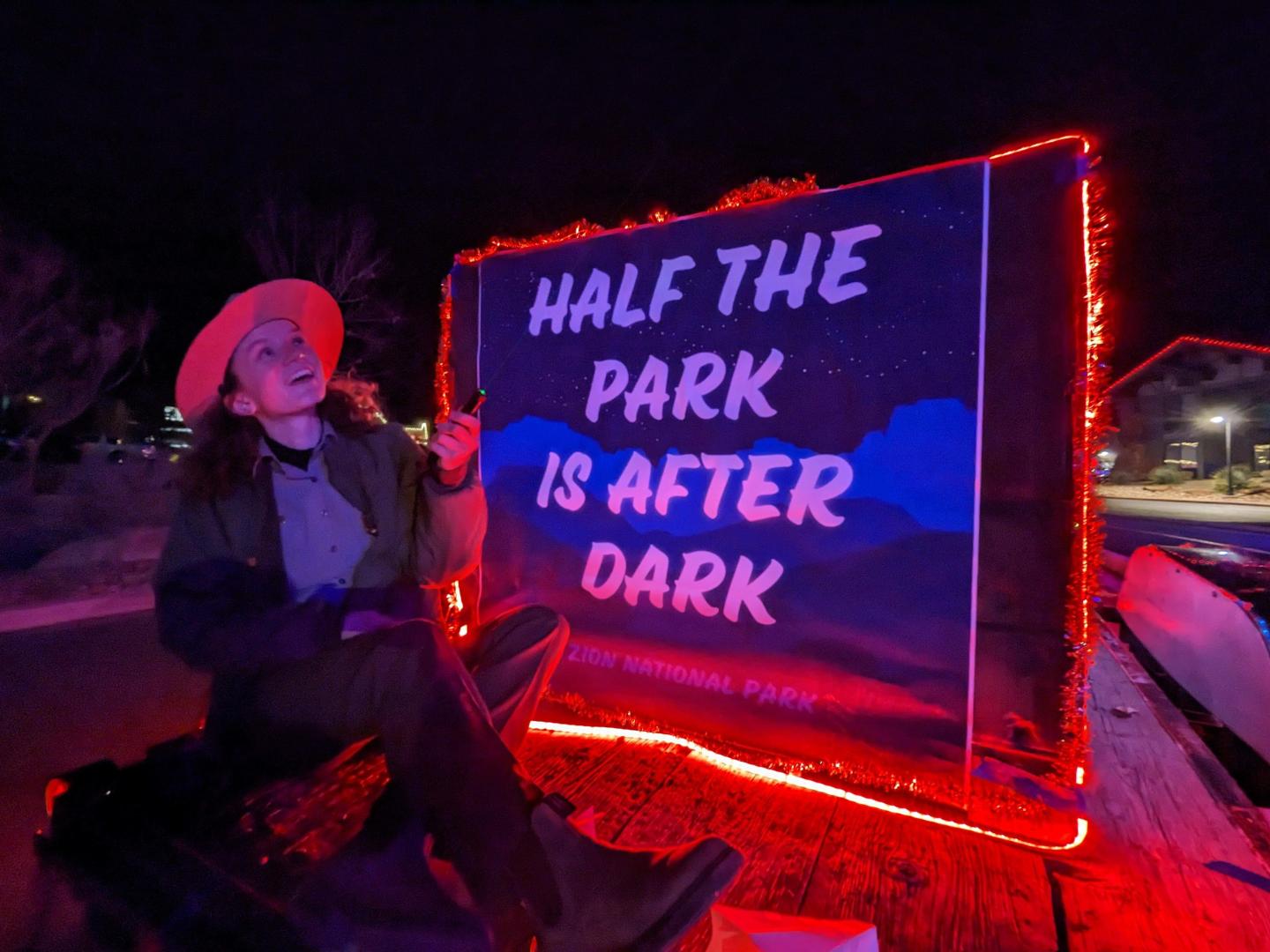
“Half the park is after dark”
A slogan from a line of posters created by astronomer and educator Tyler Nordgren, has become the unofficial motto of the NPS Night Skies program.
WNP Dark Sky partner parks
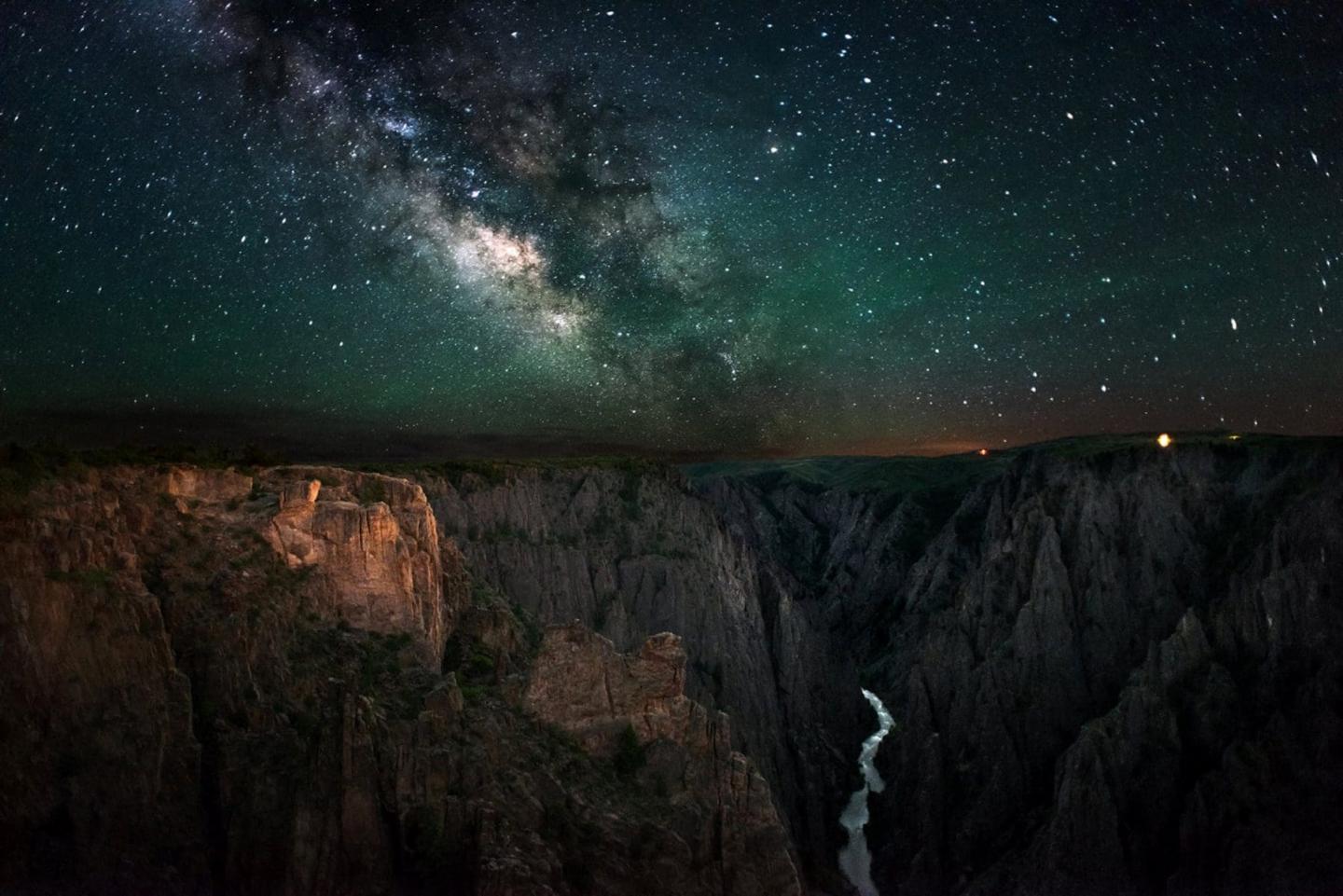
Black Canyon of the Gunnison National Park
Black Canyon of the Gunnison is awe-inspiring but still intimate. Experience some of the steepest cliffs, oldest rock, and craggiest spires in North America. In more than two million years, the Gunnison River, along with the forces of weathering, has sculpted this vertical wilderness of rock, water, and sky.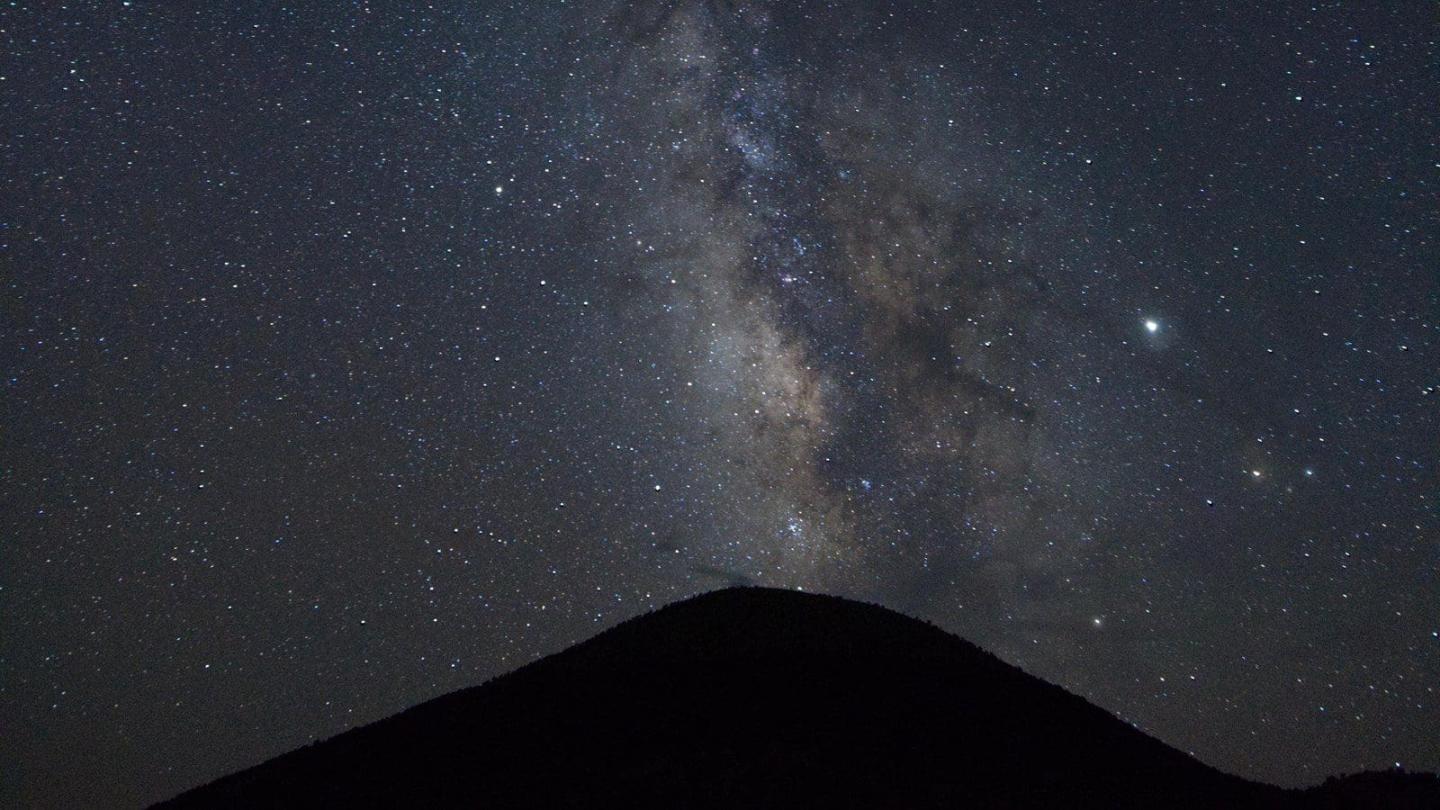
Capulin Volcano National Monument
Capulin Volcano lies within the 8,000-square-mile Raton-Clayton Volcanic Field. This showcase of the volcanic geology of northeastern New Mexico is spectacular day or night. The volcanic rim affords views of four states. Its setting has one of the darkest night skies in the country.
Chaco Culture National Historical Park
Massive buildings testify to the organizational and engineering abilities of the ancestral Puebloans. Gain a deep connection with the canyon that was central to thousands of people between 850 and 1250 through guided tours, hiking and biking trails, evening campfire talks, and night sky programs.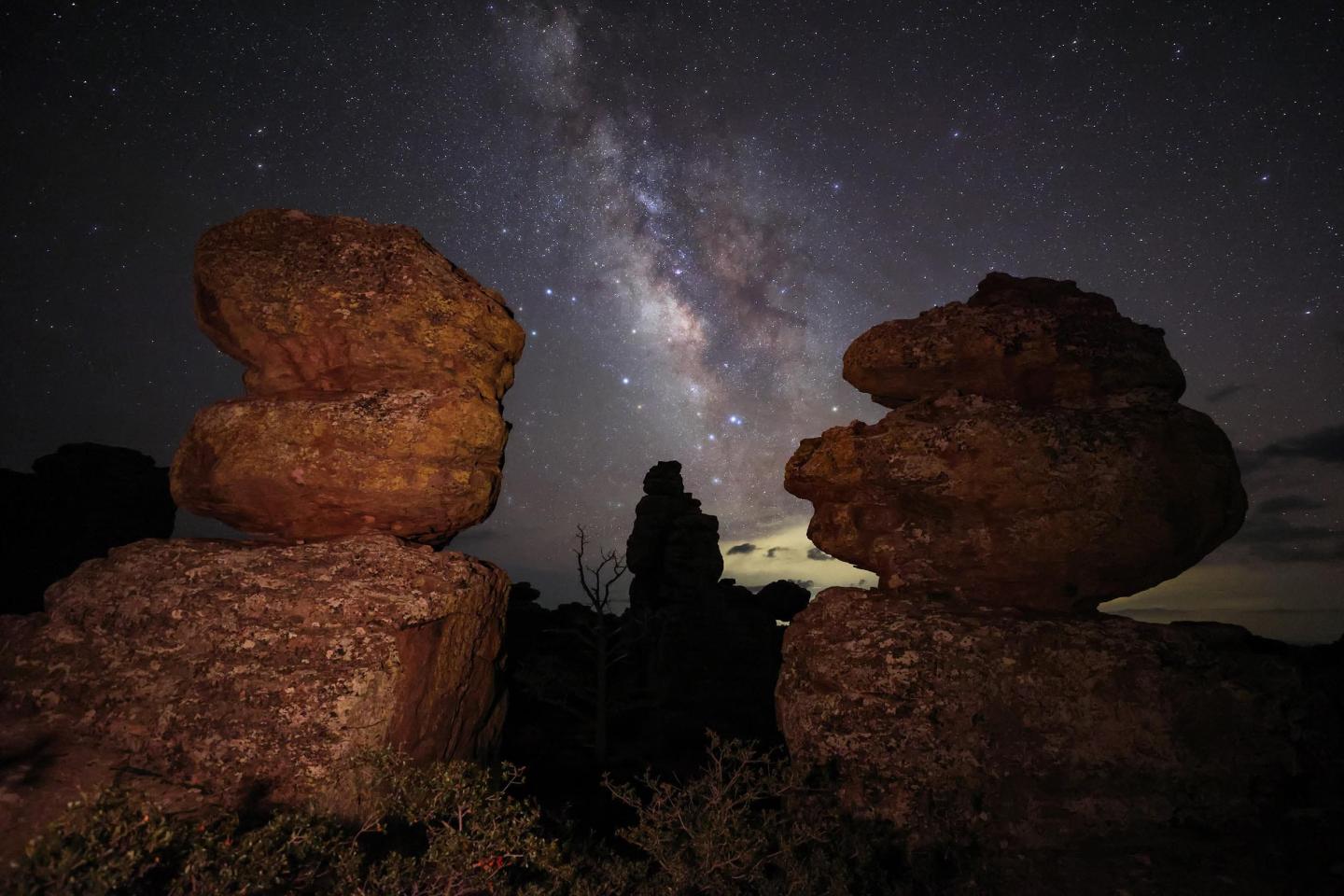
Chiricahua National Monument
A wonderland of towering rock pinnacles waits for you to explore. The eight-mile paved scenic drive and 17 miles of day-use hiking trails reveal the beauty, natural sounds, and inhabitants of this 12,025-acre site. Visit the Faraway Ranch Historic District and experience the beauty of an astounding landscape to discover more about the people who have called this area home, including the Chiricahua Apache.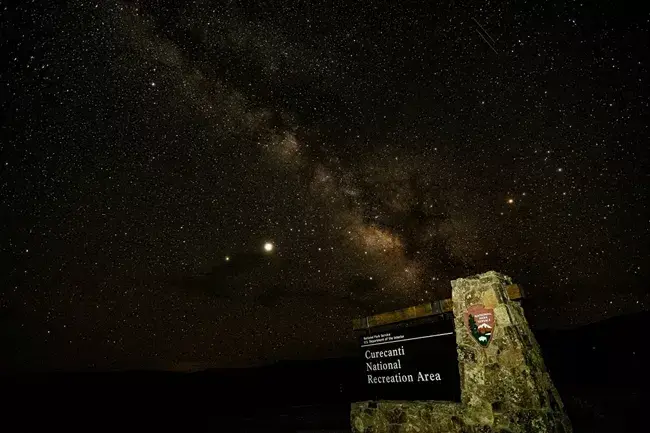
Curecanti National Recreation Area
Three reservoirs along the once-wild Gunnison River combine to create a destination for water-based recreation high in the Rocky Mountains. It’s best known for salmon and trout fishing. Take advantage of the recreation area’s opportunities for hiking, boating, camping, and bird watching.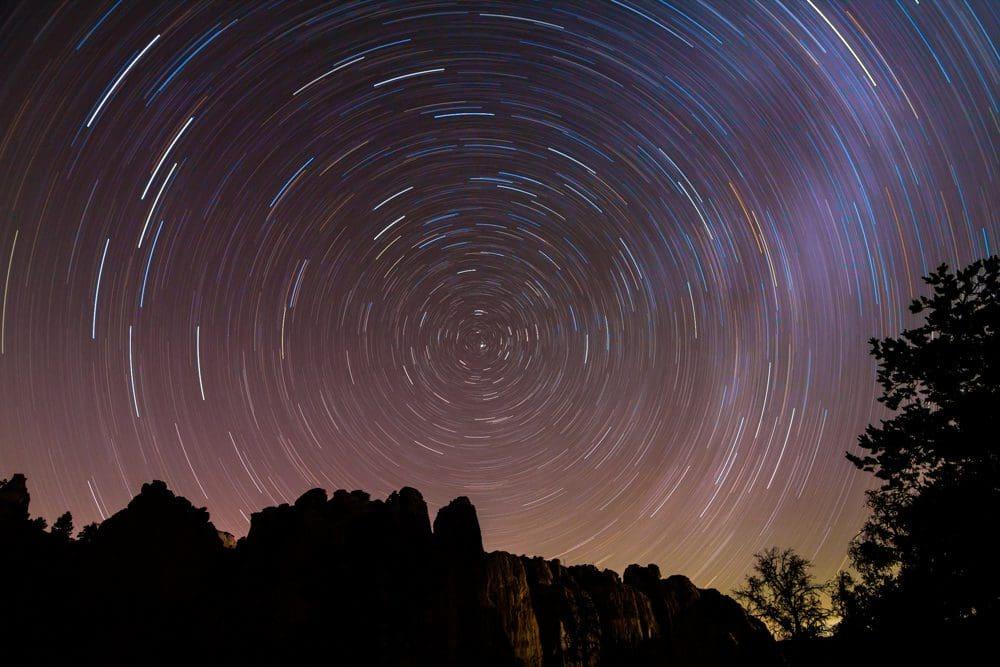
El Morro National Monument
Imagine the refreshment of finding water after days of dusty travel. A reliable waterhole hidden at the base of a sandstone bluff made El Morro (“the headland”) a popular campsite for hundreds of years. Here, ancestral Puebloan, Spanish, Mexican, and American travelers carved over two thousand signatures, dates, messages, and petroglyphs.
Fort Union National Monument
Exposed to wind, within a sweeping valley of short grass prairie, amid the swales of the Santa Fe Trail, lie the territorial-style adobe remnants of the region’s largest 1800s military fort. Between 1851 and 1891, Fort Union acted as an agent of political and cultural change throughout the Southwest.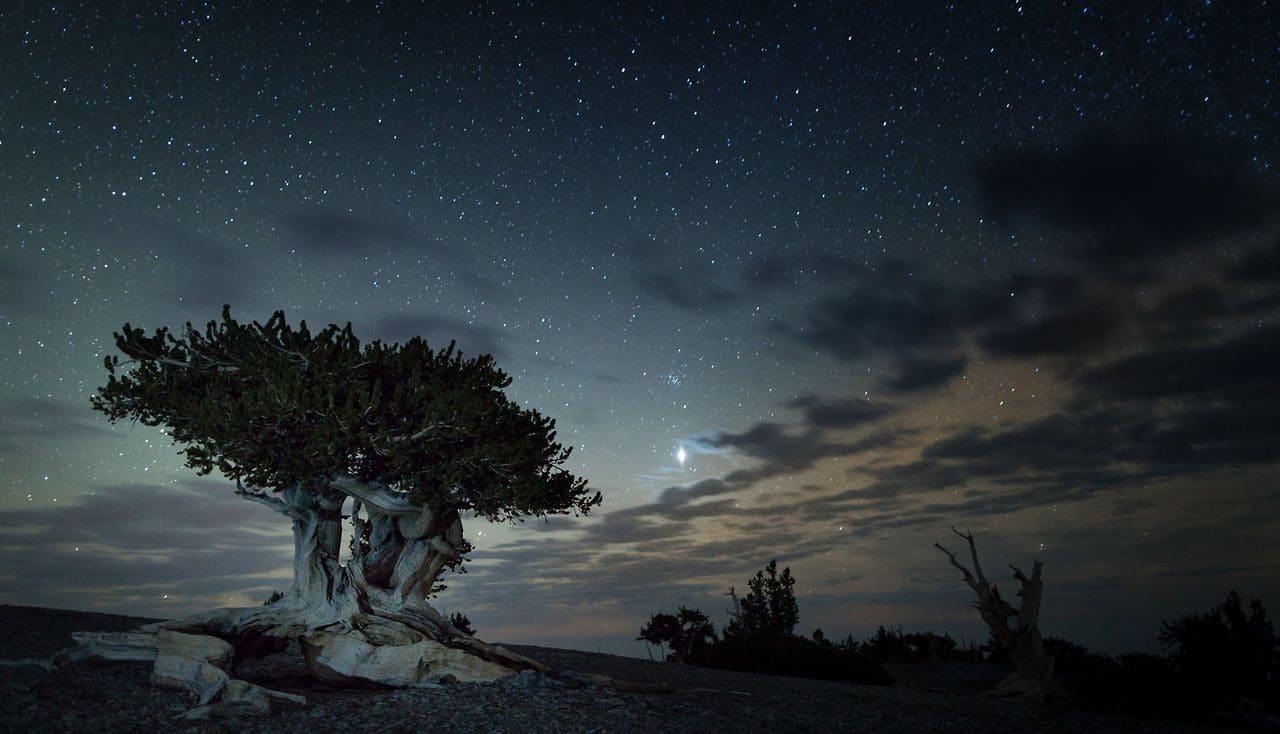
Great Basin National Park
From the 13,063-foot summit of Wheeler Peak to the sage-covered foothills, a stunning diversity of the larger Great Basin region unfolds. Enjoy the solitude of the wilderness, walk among ancient bristlecone pines, bask in the darkest of night skies, and explore mysterious subterranean passages.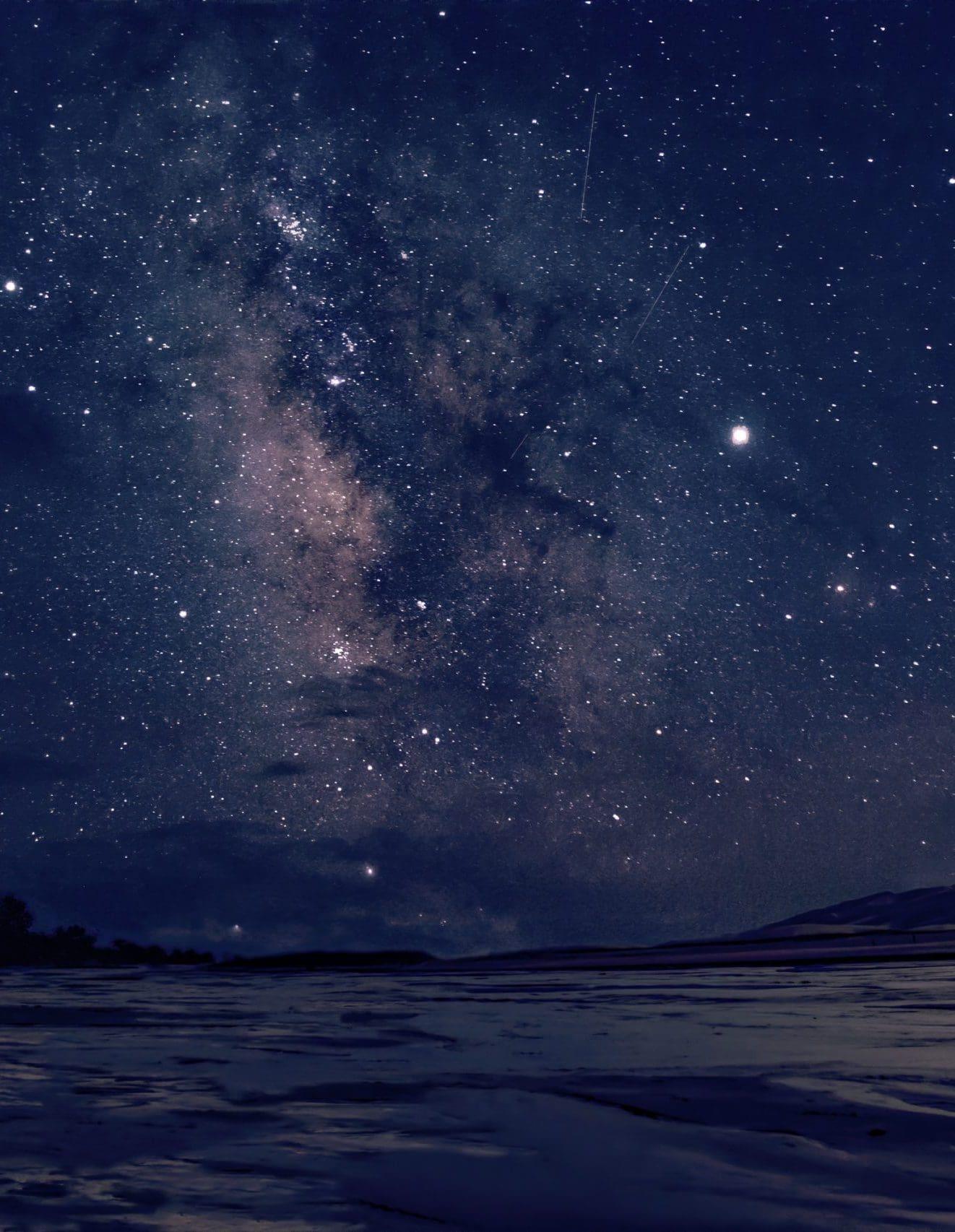
Great Sand Dunes National Park and Preserve
The tallest dunes in North America are the centerpiece in a diverse landscape of grasslands, wetlands, conifer and aspen forests, alpine lakes, and tundra. Available day and night year-round, this park offers stellar experiences of starry skies on moonless nights or surreal walks on the dunes under bright full moonlight.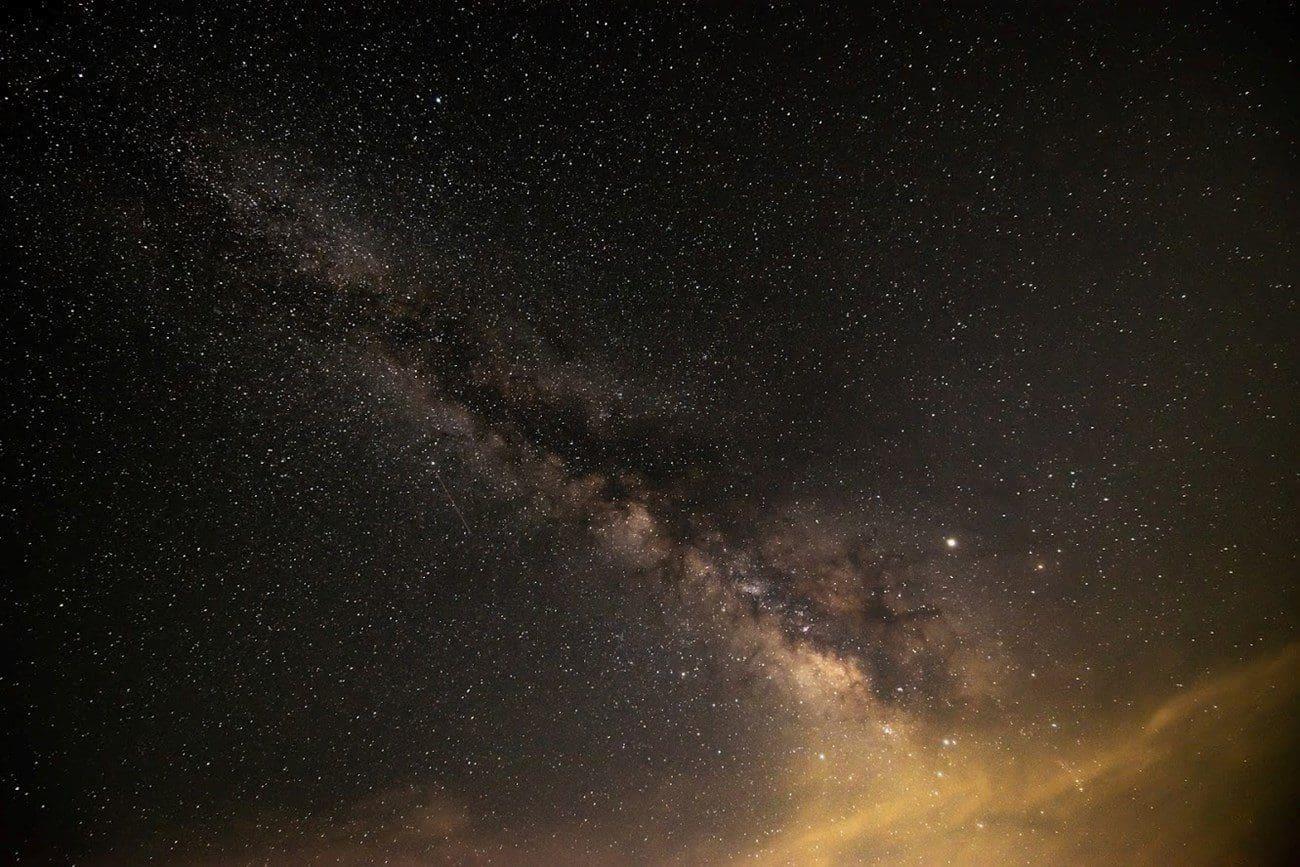
Lyndon B. Johnson National Historical Park
Learn the story of our 36th president, beginning with his ancestors and ending with his final resting place on his beloved LBJ Ranch. This extensive viewpoint gives the visitor a unique perspective into one of America’s most noteworthy citizens by providing the most complete picture of any American president.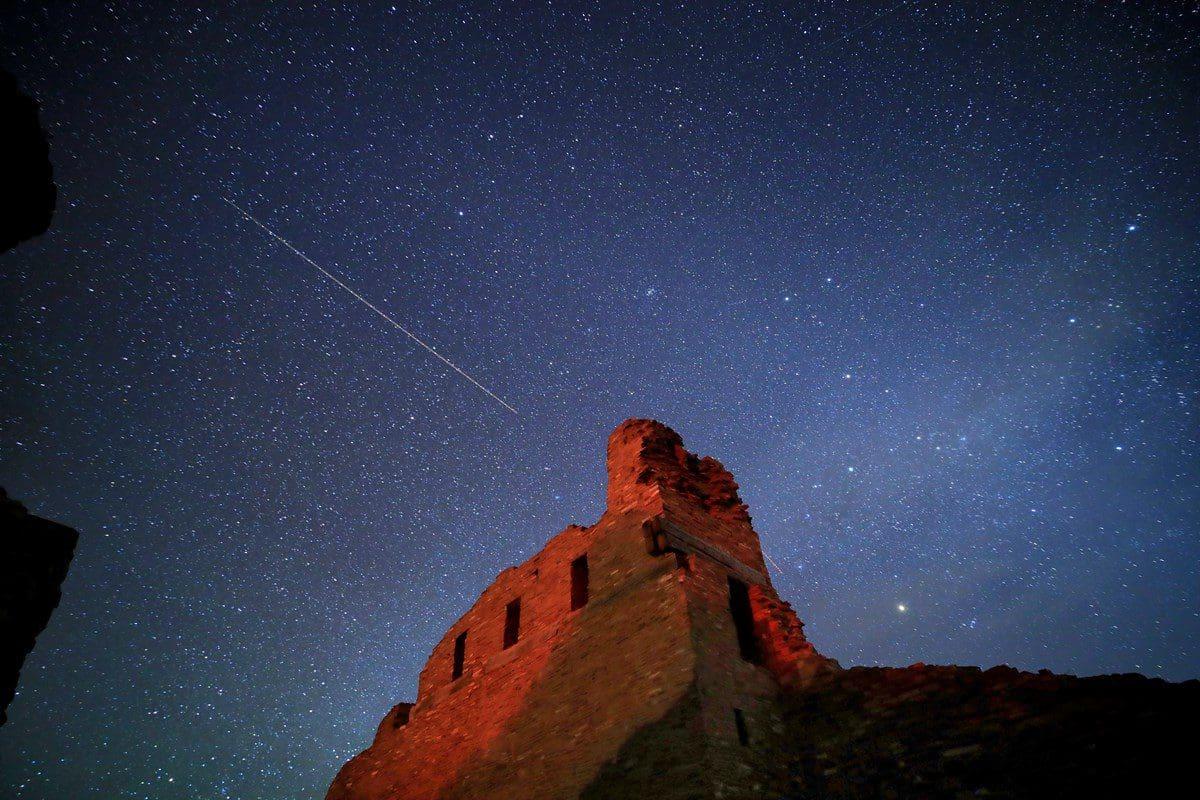
Salinas Pueblo Missions National Monument
Three distinct Puebloan sites in the middle of New Mexico offer a glimpse into a time of history entrenched with cultural shifts, conflict, and struggles. These sites continue to stand as reminders of the Spanish and Pueblo peoples’ early encounters and prompt exploration of today’s interactions among different people.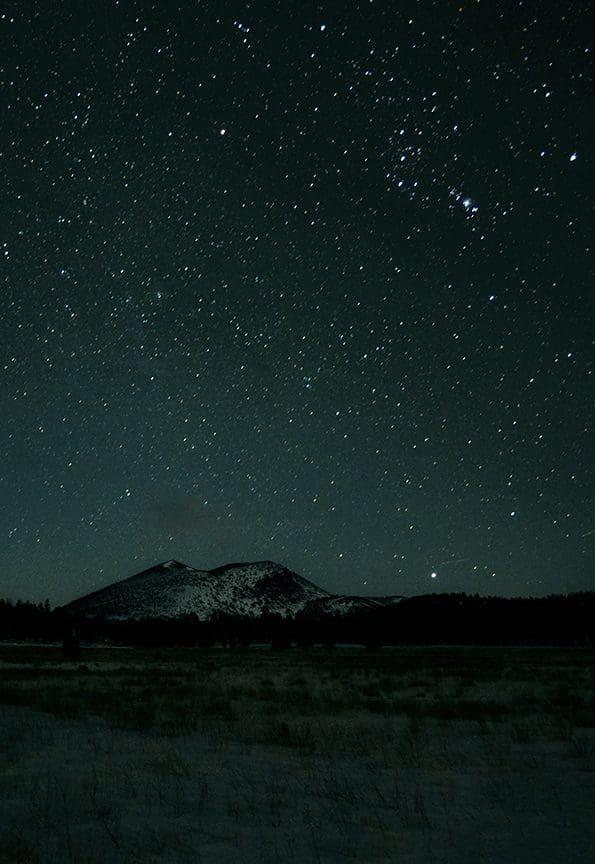
Sunset Crater Volcano National Monument
Around 1085 the ground shook and lava spewed high into the air. When the eruption finished, it had changed both the landscape and the people who lived here. Today, it teaches how nature and humankind affect each other—and how rebirth and renewal happen in the wake of disaster.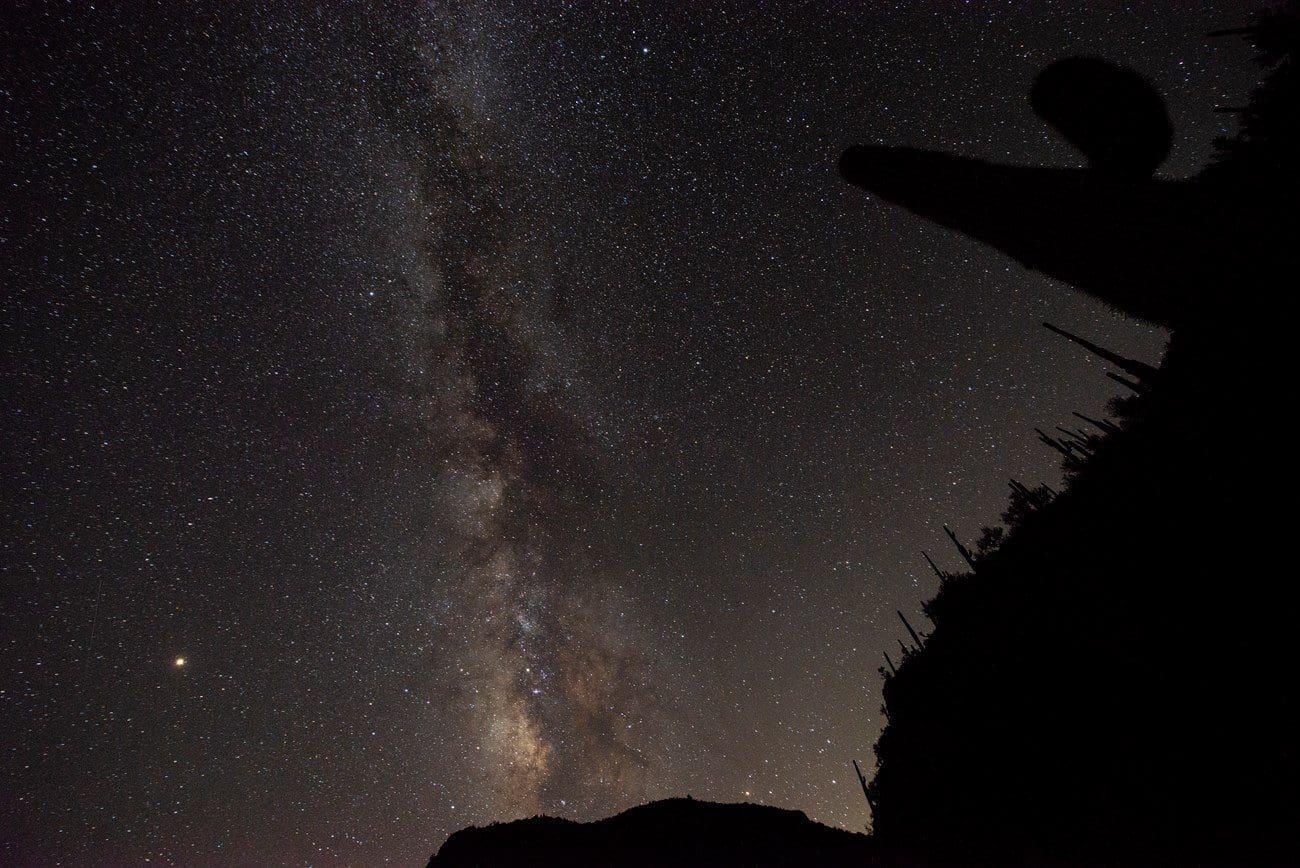
Tonto National Monument
In the Salado Phenomena 700 years ago, neighboring Indigenous cultures blended and formed a unique, vibrant society. Visitors can stand in their two Salado-style cliff dwellings. Colorful pottery, woven cotton cloth, and other artifacts tell of people living and using resources from the northern Sonoran Desert from 1250 to 1450 CE.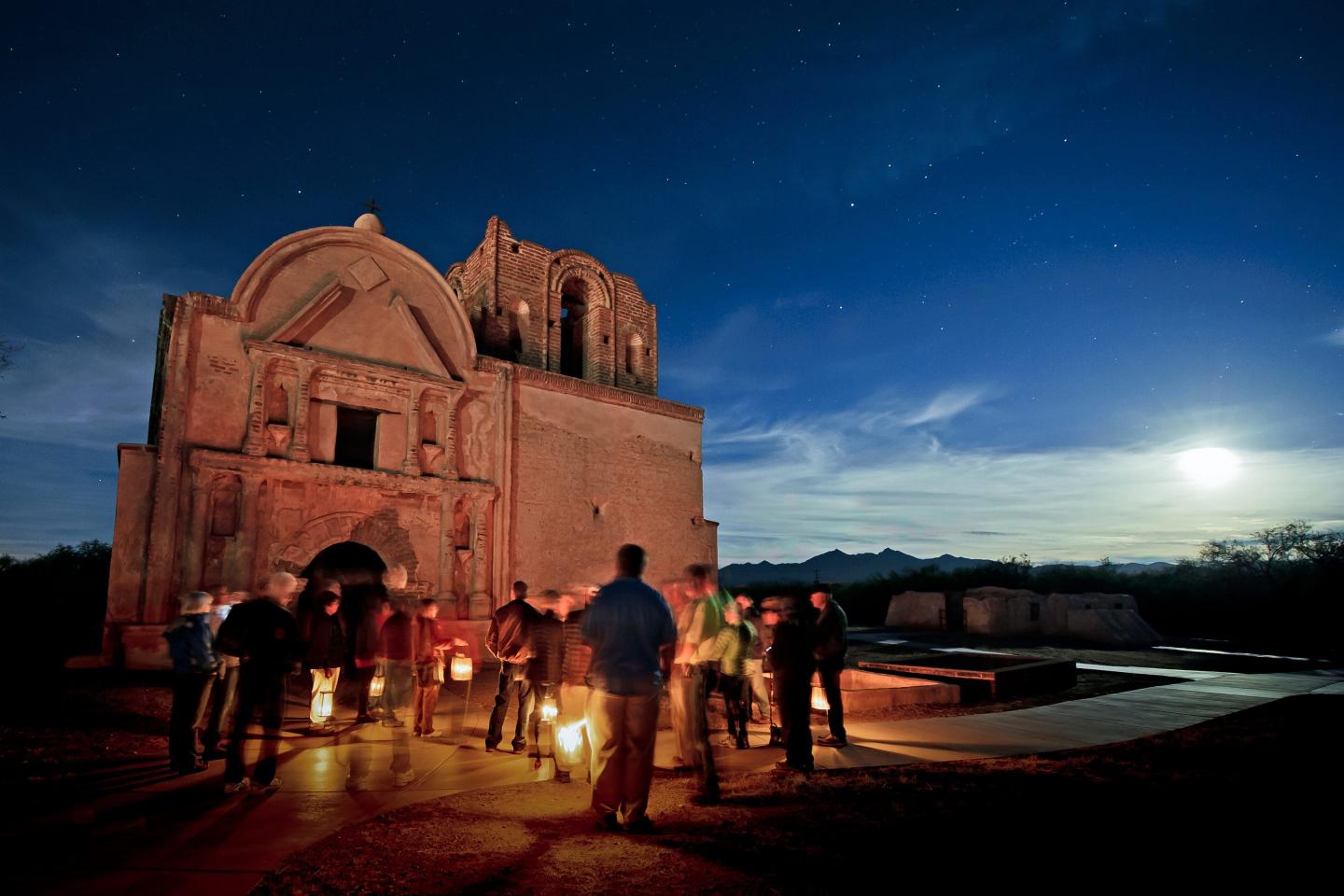
Tumacácori National Historical Park
At a cultural crossroads in the Santa Cruz River valley, O’odham, Yaqui, and Apache met and mingled with European Jesuit and Franciscan missionaries, settlers, and soldiers, sometimes in conflict and sometimes in cooperation. The timeworn paths reveal stories that connect us to enduring relationships, vibrant cultures, and traditions of long ago.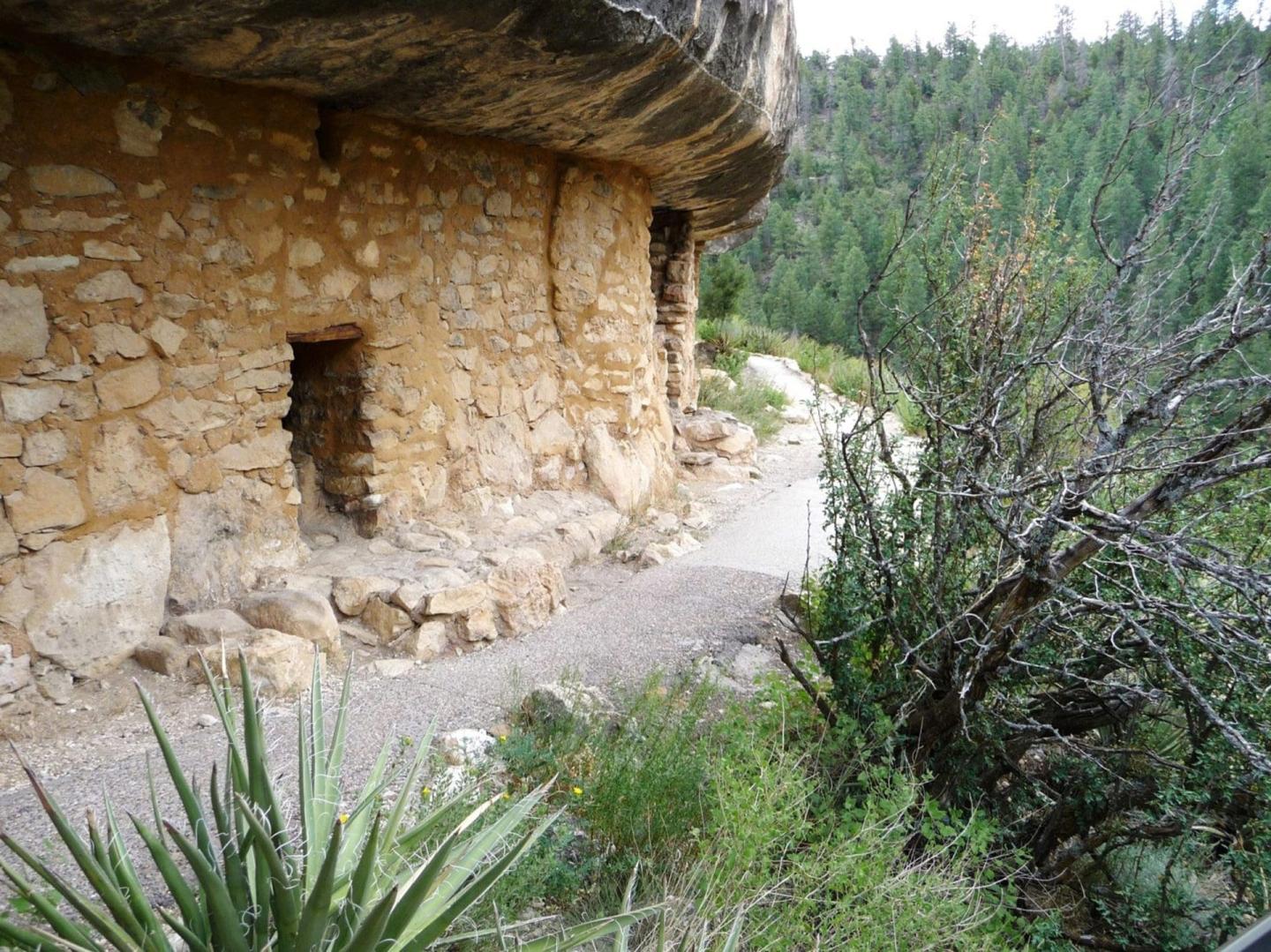
Walnut Canyon National Monument
Come gaze across curved canyon walls. Among the remarkable geological formations of the canyon itself, the centuries-old homes of former inhabitants are easily evident. Along the trails, imagine life within Walnut Canyon as you visit actual pueblos and walk in the steps of those who came before.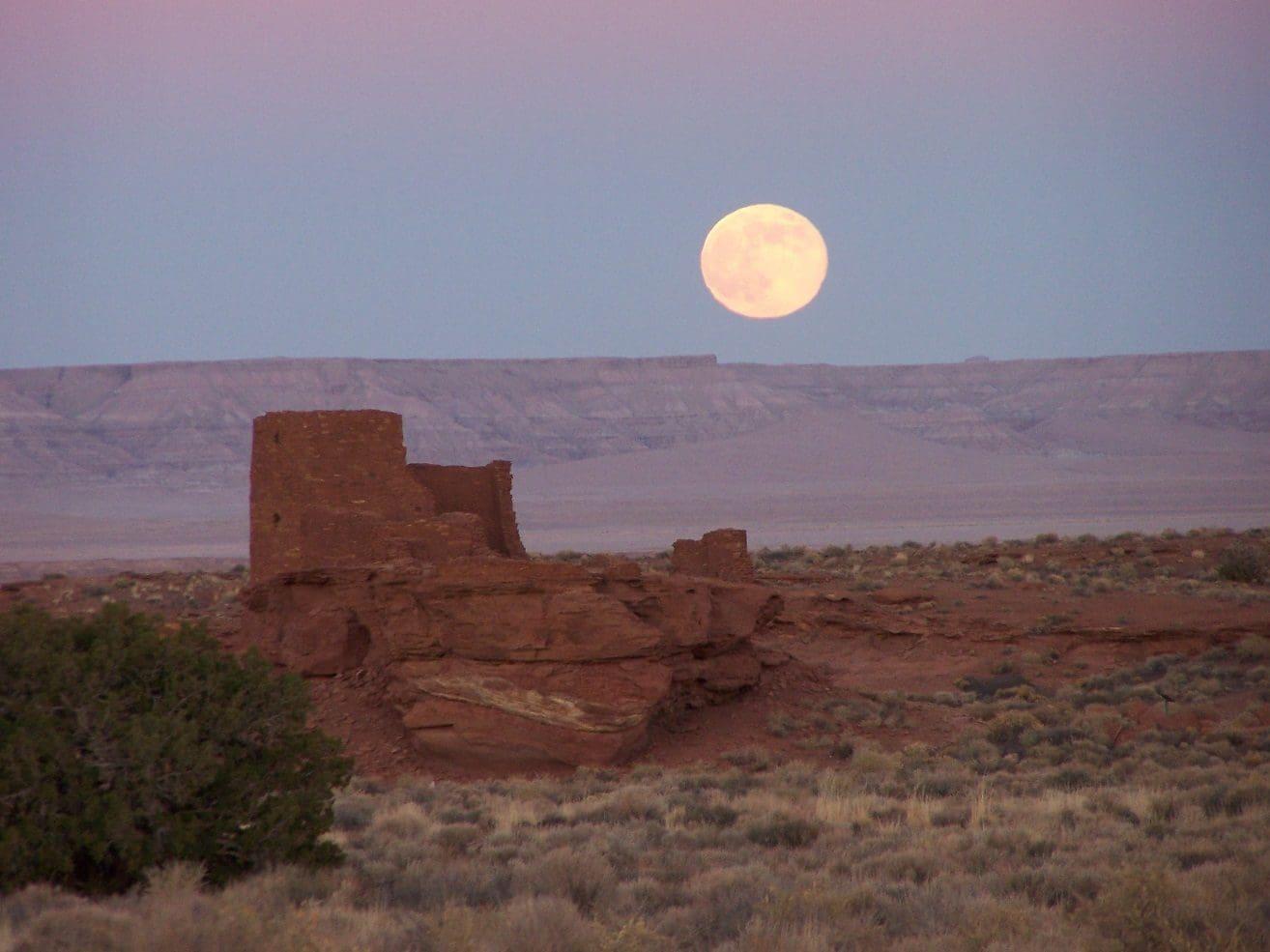
Wupatki National Monument
Wupatki sits in a landscape of legacies, nestled between the Painted Desert and ponderosa highlands of northern Arizona. Ancient pueblos dot red-rock outcroppings across miles of prairie. Where food and water seem impossible to find, people built pueblos, raised families, farmed, traded, and thrived. Today, earth and artifacts whisper their stories.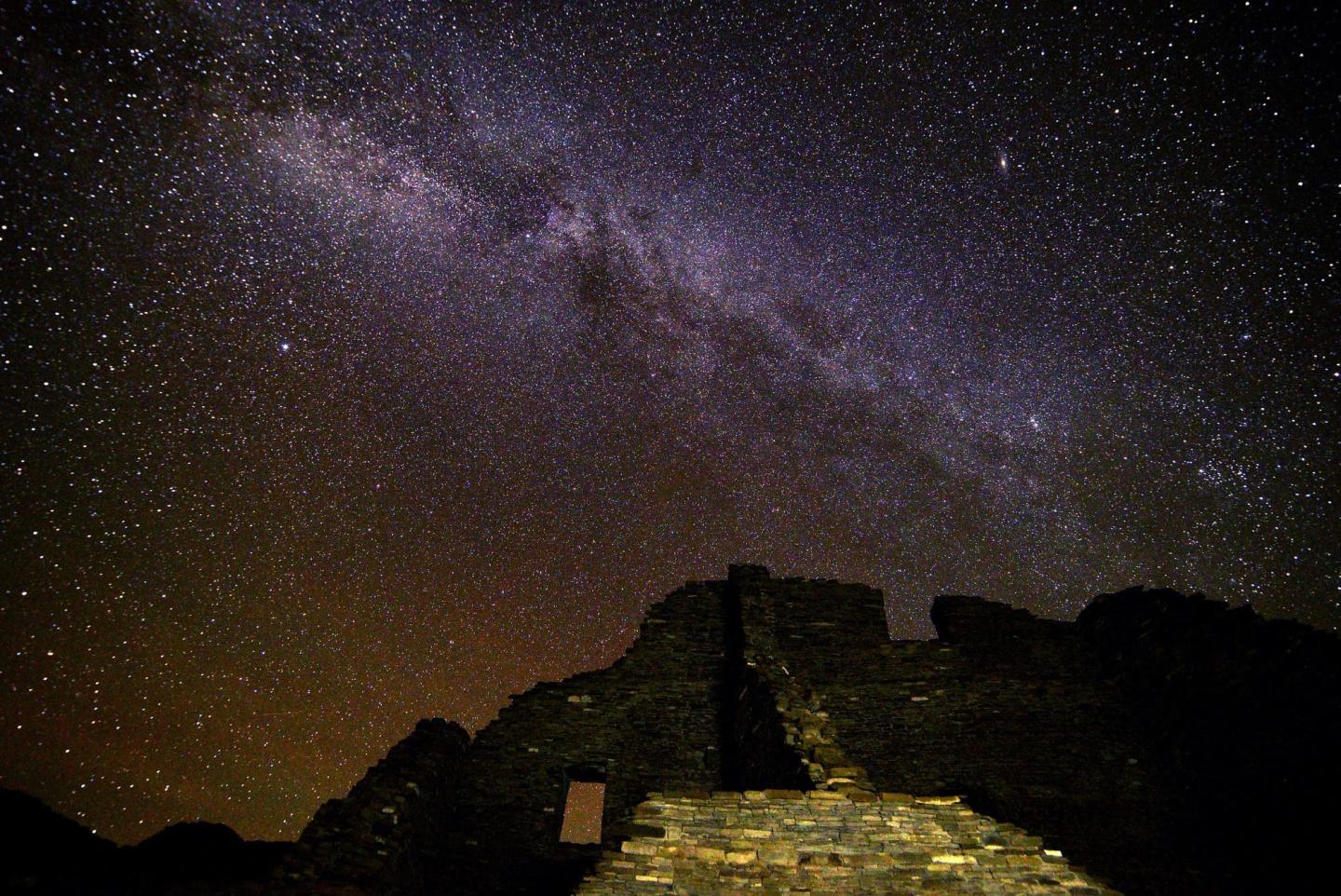
Preventing light pollution
Many of our national parks are protected from the light pollution of bustling cities by their relative isolation, giving visitors the opportunity to experience the magic of the natural night sky that was once available everywhere. The International Dark-Sky Association is a nonprofit organization dedicated to protecting dark skies and keeping light pollution at bay so present and future generations can enjoy the stars. The association recognizes lands across the world that possess exceptional night-sky views and “a nocturnal environment that is specifically protected for its scientific, natural, educational, cultural heritage, and/or public enjoyment.” To be designated as International Dark Sky Parks, these lands must use approved outdoor lighting that does not contribute to light pollution and also offer dark-sky viewing programs for visitors.
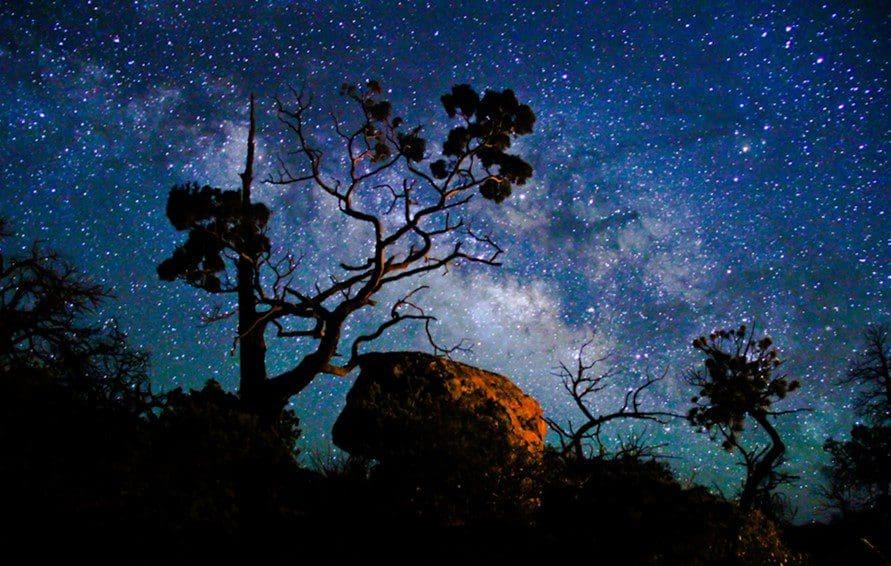
Experience the power of the night sky
NPS takes the protection of dark night skies seriously, recognizing that these nightscapes represent another facet of preserving nature for the benefit of future generations and for the wildlife that depends on dark night skies to accomplish its life cycles. To date, more than 40 NPS units have earned the honor of being recognized as Dark Sky Parks, including many WNP partner parks. These parks and many others offer night sky programming for visitors, such as stargazing, night hikes, and ranger-led interpretive programs about the wonders of the night sky. There is also a Junior Ranger Night Explorer program, where children between the ages of 5 and 12 learn about astronomy, nocturnal wildlife, and light pollution.

Dark Sky Week
Dark Sky Week was created in 2003 by Jennifer Barlow, a high-school student. It has grown to be a worldwide event. Every April during the week of the new moon, people around the world turn off unnecessary lighting to temporarily reduce light pollution. During Dark Sky Week, a visit to a Dark Sky Park is a very special experience.
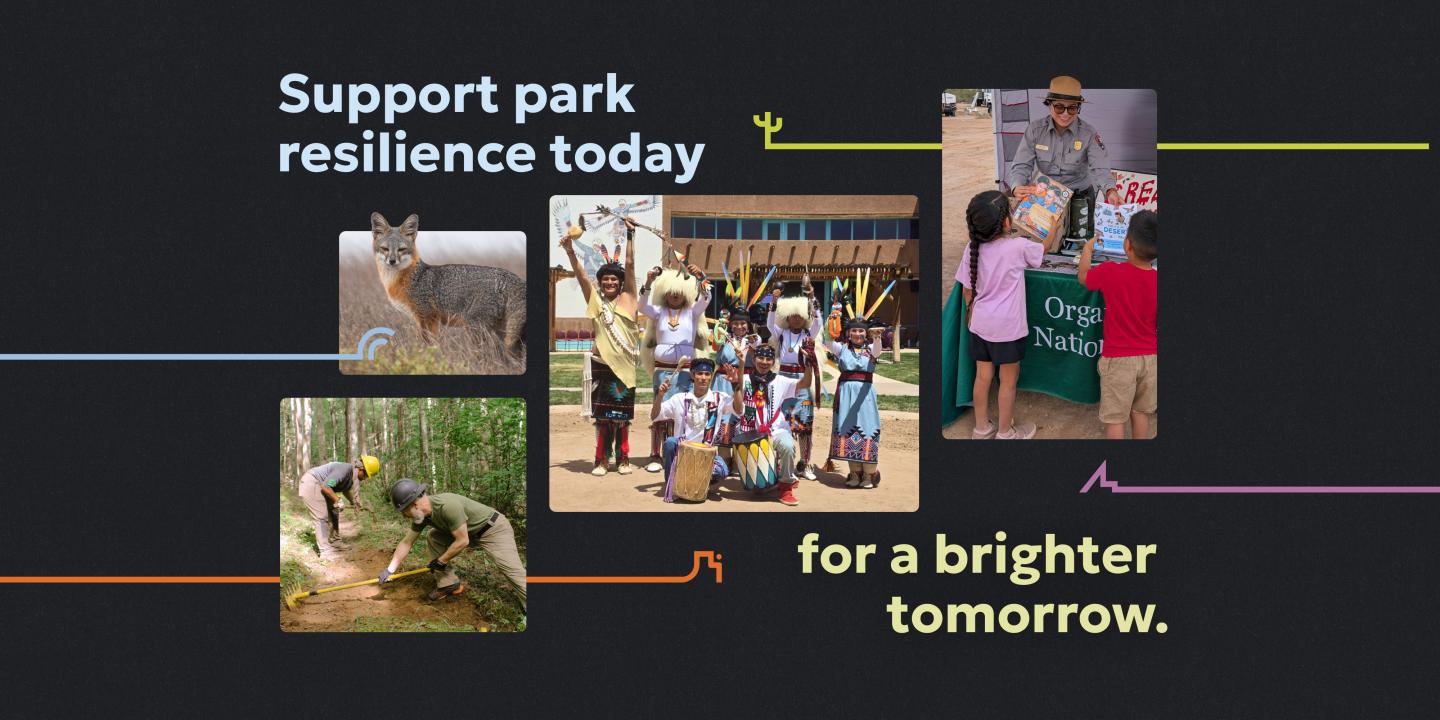
Support your parks
Parks need your support more than ever. Since 1938, WNP has been a proud nonprofit partner of the National Park Service. With your support, we have provided more than $162 million in aid to parks, serving 72 national park sites across 12 Western states and helping visitors connect more deeply with nature, history, and each other. Your gift helps provide the essential programs, tools, and people that bring parks to life.
Many WNP partner parks are officially designated as Dark Sky Parks. These parks protect vital resources and ecosystems, in addition to preserving nightscapes that have been valued by Indigenous peoples for generations. Throughout the West, national parks protect against the threats of light pollution, developing plans to support the visitor experience while maintaining the beauty and life a dark sky sustains.



